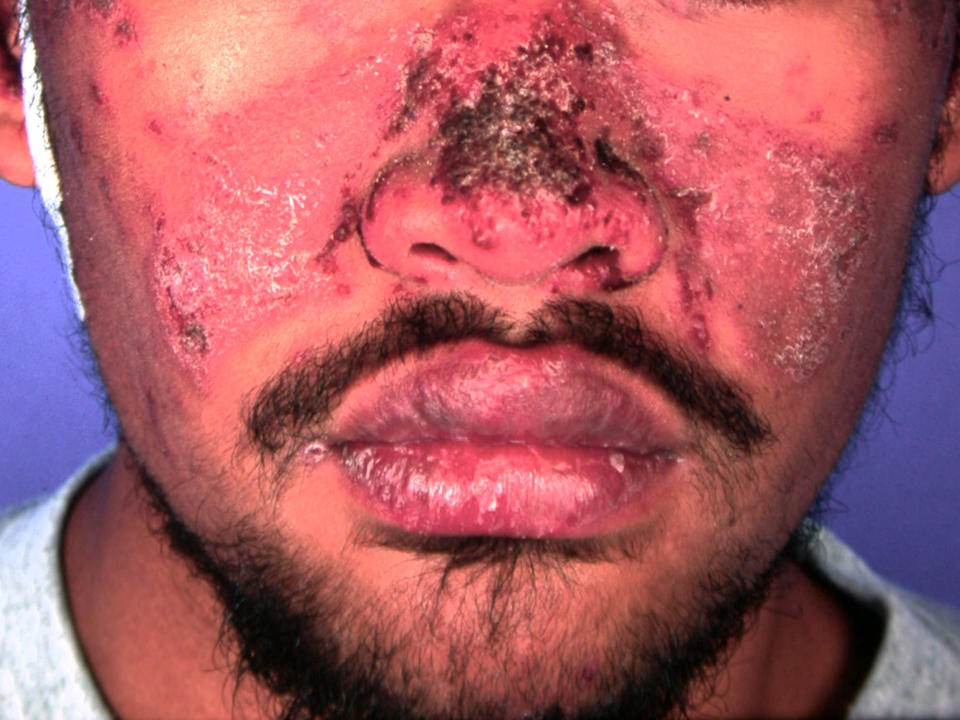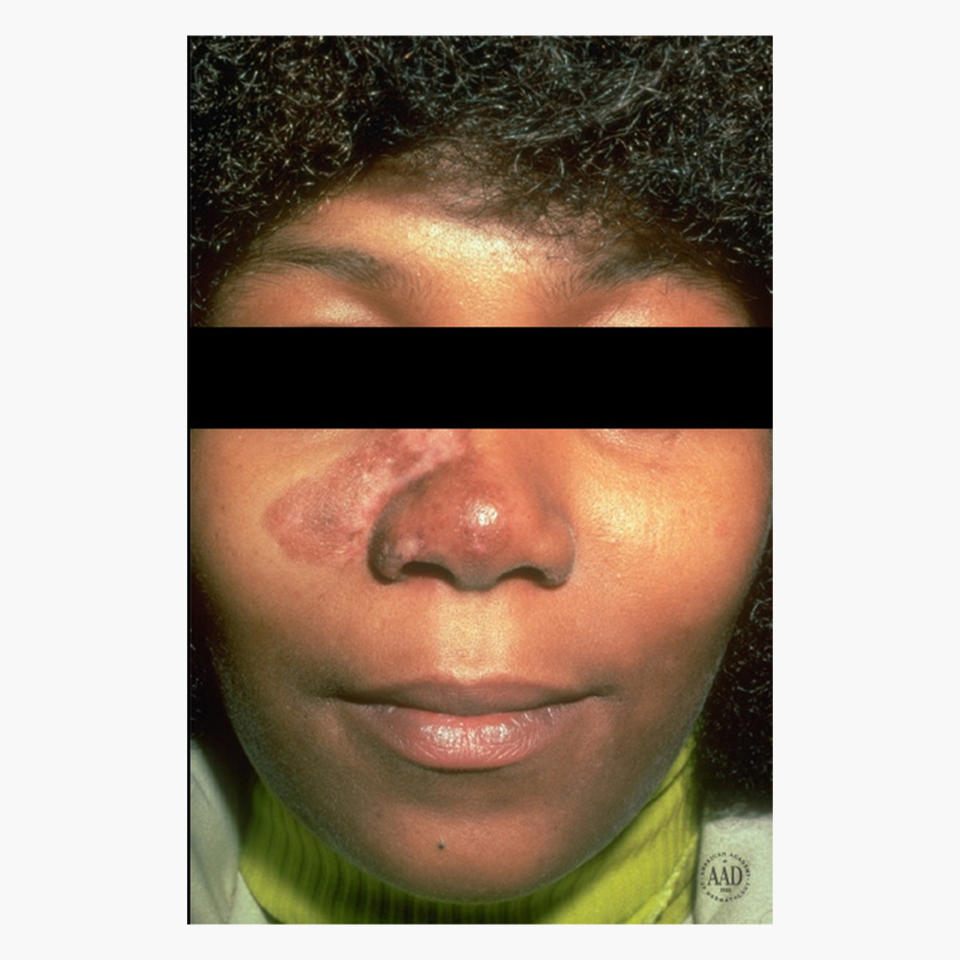Could that rash on your face be a sign of lupus?
What is lupus? Lupus is an autoimmune disease that causes pain and inflammation in different parts of the body, according to the Lupus Foundation of America (LFA). Lupus can affect your skin, kidneys, heart, joints and lungs.
With autoimmune diseases, said Dr. Allison Arthur, a dermatologist and dermopathologist at Sand Lake Dermatology Center in Orlando, Florida, and a member of the American Academy of Dermatology, “your immune system gets confused and starts attacking your own tissues as if they were foreign.”
Approximately 66% of people with lupus develop some form of skin disease, says the LFA. A red butterfly-shaped rash that appears on the nose and cheeks is one common sign of lupus. People with cutaneous lupus tend to experience rashes and sores on areas of their body that typically get exposed to the sun — like the face, neck, ears, arms and legs.
About 1.5 million people in the U.S. have lupus, according to the LFA. It’s more likely to affect women, people with a family history of autoimmune diseases, and people who are of African, Asian or Hispanic descent, as well as Native Americans and Pacific Islanders.
Symptoms of lupus
What are symptoms of lupus? Symptoms of lupus can come and go, and they vary depending on the type of lupus you have.
Types of lupus include:
Systemic lupus erythematous (SLE) affects many organs and typically affects women aged 15 to 45.
Cutaneous lupus affects the skin and is more common in women aged 20 to 50.
Drug-induced lupus is caused by medication and affects men more than women.
Neonatal lupus can appear in babies born to mothers who have lupus. It usually clears up in six to eight months.
Related: The best ways to identify rosacea triggers and control symptoms, according to experts.
According to the AAD, rashes from lupus could look like:
A large rash on the back
A thick, scaly rash on the face sometimes shaped like a butterfly
Sores that appear in the nose or mouth
A rash that looks like a sunburn
The LFA says you may notice additional symptoms, such as:
Fatigue
Joint pain or swelling
Swollen hands, feet or eyes
Headaches
Fever
Sun or light sensitivity
Chest pain when you take a deep breath
Discoid lupus, a type of cutaneous lupus, can cause loss of pigment. “This can be more pronounced in patients with darker skin,” said Dr. Laura Ferris, associate professor and director of clinical trials in the dermatology department at the University of Pittsburgh Medical Center and a member of the American Academy of Dermatology. The depigmentation can become permanent.

Causes of lupus
It’s not clear what causes lupus. It could be some combination of genetic factors, environmental triggers and hormones.
The LFA says that triggers of lupus could include:
Sunlight
Ultraviolet light
Certain drugs
Infections or viral illnesses
Exhaustion
Emotional or physical stress
The LFA also notes that lupus, as well as other autoimmune diseases, can run in families.

Diagnosing lupus
Diagnosing lupus can be tricky for a few reasons. Symptoms can vary from person to person. The symptoms are also similar to the symptoms of a lot of other diseases — and symptoms of lupus can come and go. It can take years to get a lupus diagnosis.
To help diagnose lupus, the LFA says that doctors look for certain conditions.
Doctors may check for:
Certain rashes
Sensitivity to sun or light
Sores in the mouth
Arthritis
Inflammation of the lining of the lungs or heart
Certain kidney, neurological, blood or immunologic problems
Abnormal antinuclear antibody
Treatment for lupus
There’s no cure for lupus, so when they consider how to treat lupus, doctors focus on helping people manage their symptoms, control their immune system and protect their organs. Many people see a dermatologist for treatment of their skin and a rheumatologist for their internal symptoms. They may see other specialists for lupus treatments as well.
Your doctors will consider your symptoms, age, lifestyle and other health conditions when they recommend treatments for lupus. There are lots of different medications you can try to control your lupus. Your doctor can explain the benefits and side effects of each one so you can decide on an appropriate treatment plan together. It may also be helpful to keep a journal to track your symptoms, medications and side effects.
If you have lupus, it’s crucial to protect your skin from the sun. “All forms of lupus tend to be sun-sensitive, so really strict sun protection is very important,” said Arthur.
And the sun doesn’t just make lupus flare up on the skin. “The exposure to the sun can cause the disease to flare,” Ferris said. “The joints can get worse, there can be kidney issues, so it’s really important to avoid the sun.”
